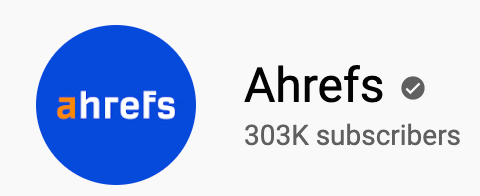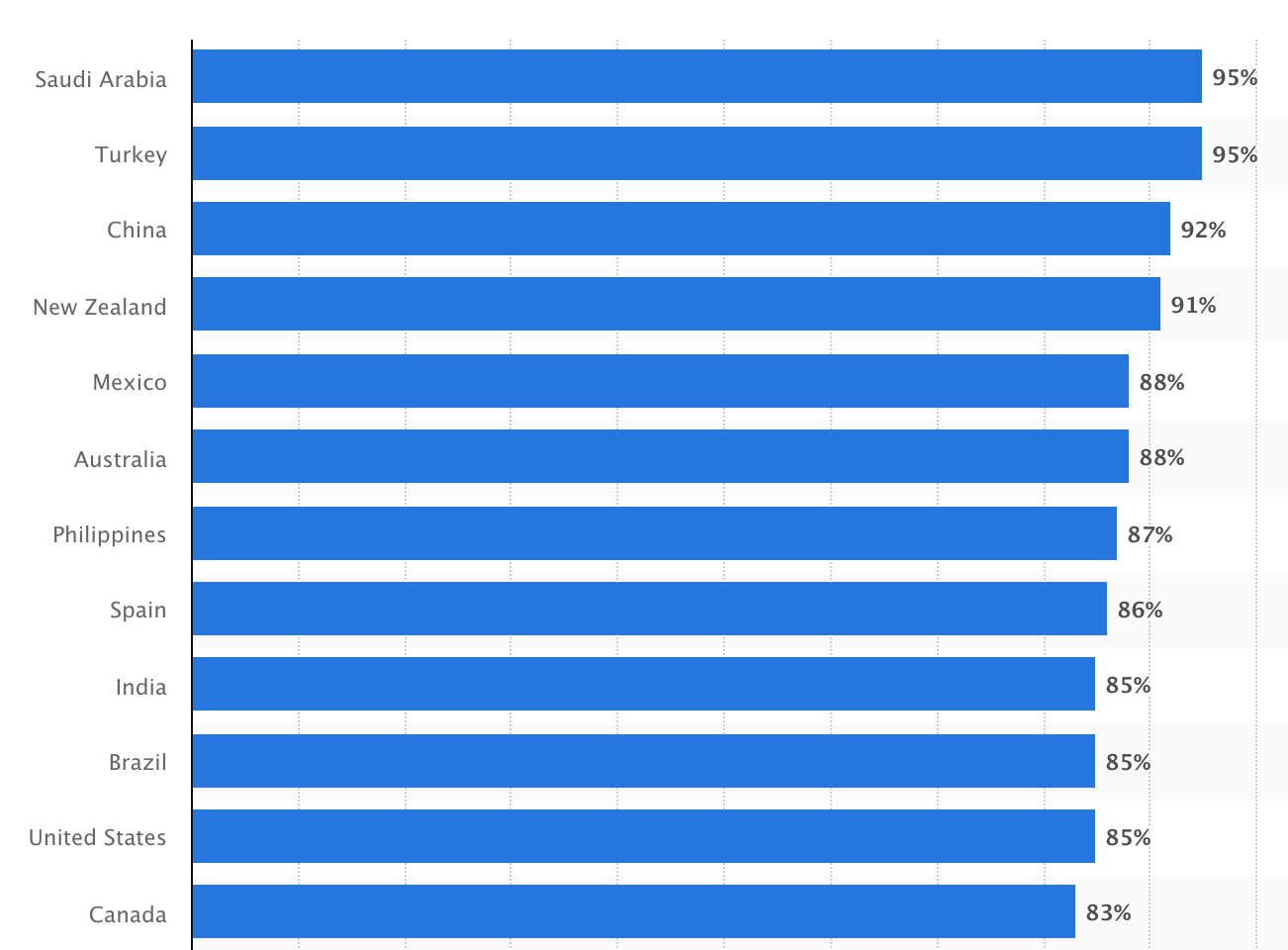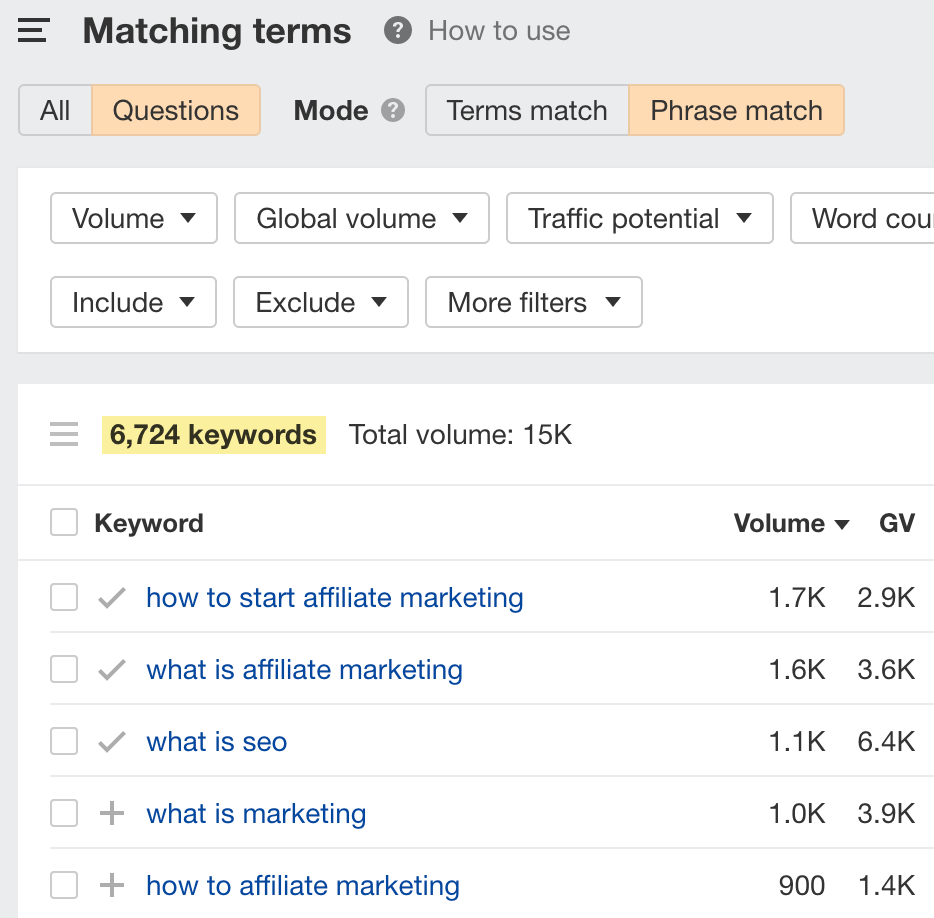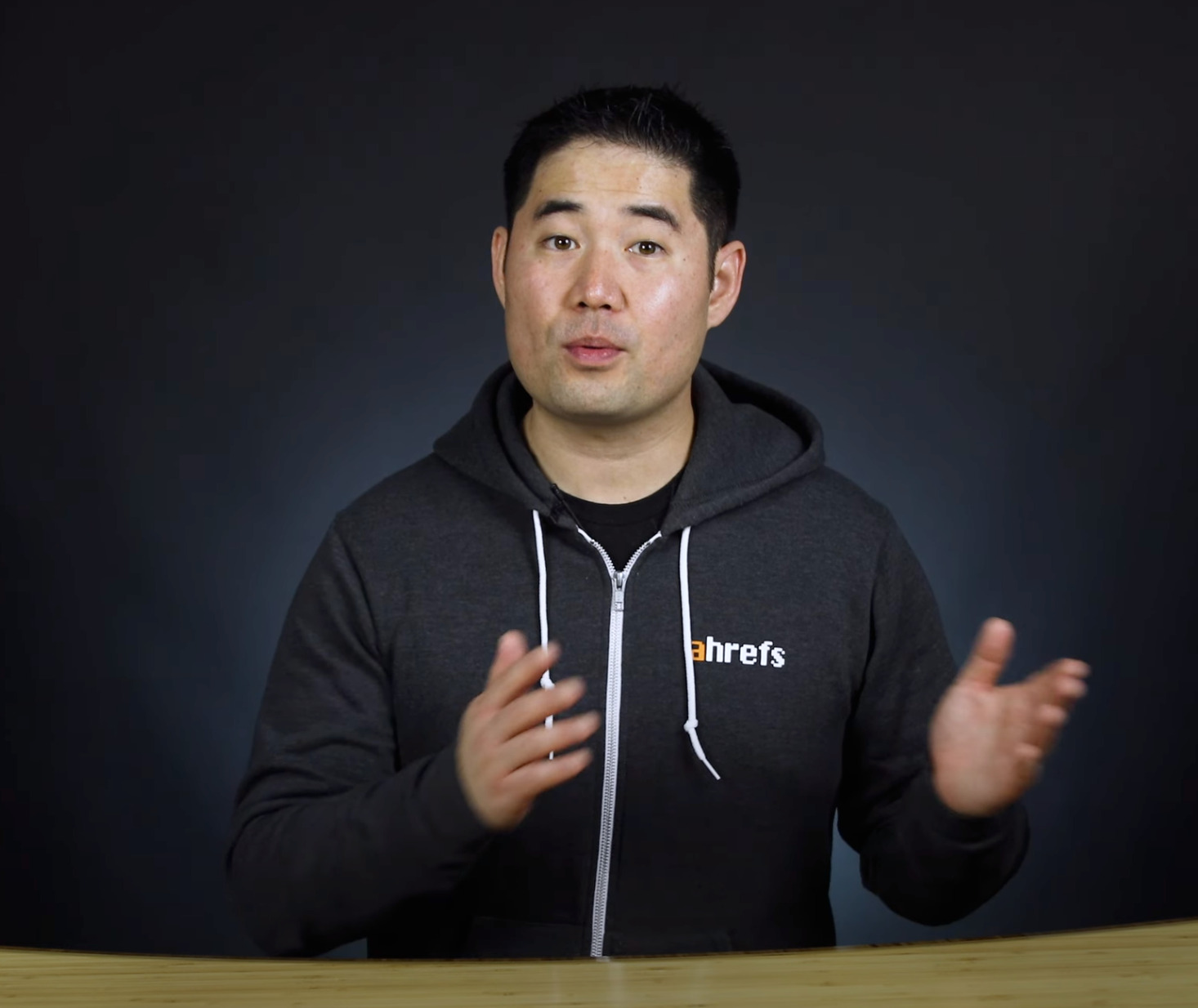[ad_1]
We hopped onto the video bandwagon in 2018 and never looked back.
Today, we have more than 300,000 subscribers and 14 million views, and that has led to thousands of new customers.

For a “boring” industry like SEO, I’d like to think that’s pretty impressive.
In this article, we’ll show you how to use video marketing to grow your business.
https://www.youtube.com/watch?v=QCgDIhvFkCM
Video marketing is using videos to promote and educate your target audience. It’s also used to increase brand awareness and social engagement, allowing you to reach new and bigger audiences.
In other words, why is video marketing effective? Why should you do video marketing? Here are a few reasons:
1. Video is accessible
You watch it. I watch it. We all do. Videos are everywhere. Go to any major metropolitan area like New York or London, and you’ll see videos playing on massive billboards.
Not only that, today, you can literally watch them on any device—your smartphone, tablet, PC, TV, and so on.
In fact, in a 2018 study, 85% of U.S. internet users watched online video content every month. (And that’s not even the highest penetration for video content.)

That’s how ubiquitous video is.
2. Video allows you to demonstrate concepts faster and more clearly
Watching a video is an interactive experience. You’re using both your senses of hearing and sight. Viewers can actually see something in action, be it a product or a concept.
Compare that to text-based content. Not only are you limited to just sight, but you also can’t see something in action. You have to imagine it.
For example, one of my hobbies is breakdancing. So let’s say I wanted to learn the windmill and had to learn how to do it from this text-based description:
We’re going to start off by kicking into our backspin. And when we get to this position, we’re going to turn onto our head and my left hand.
I would have given up on my dreams of becoming a Red Bull BC One champion within seconds of starting. But everything will be clear if I watch this video:
https://www.youtube.com/watch?v=swId_MFHywI
3. Video allows you to create a personal connection with viewers
The same interactive elements that make it easy for you to demonstrate concepts also make it easy to create a personal connection with your viewers.
Watching a video—especially a talking head one—can feel as if the speaker is having a conversation with you, even if it has been watched by millions of other people.
Sam Oh, who runs our YouTube channel, is beloved by our subscribers. In fact, because he appears on screen so often, he is regarded as a mentor by many of them:



Creating this effect through text is much, much harder. For example, the Ahrefs blog team has created hundreds of articles. Yet no one has ever called us “mentors.”
Sometimes, people even get our authors confused. They may think that an article written by our Michal Pecánek was written by me instead. This never happens with video, as it is impossible to watch one and confuse Sam with our head of content, Joshua Hardwick, for example.
4. Video allows you to reach audiences on major platforms like YouTube
YouTube has over 2 billion monthly active users. The only way to reach them is to produce videos.
TikTok has over 1 billion monthly active users. The only way to reach them is to produce short videos.
You get my point—there are untapped opportunities in the space, and you lose out if you don’t even try.
We mainly produce tutorial-style videos on our YouTube channel. But it’s not the only type of marketing video you can create. Here are more options you can consider:
1. Product demos
This type of video shows your product in action. It can be done by yourself (e.g., a tour of your software) or done by others (e.g., an influencer unboxing your product).
Here’s an example of a “tutorial-style” video we made that is basically a product demo:
https://www.youtube.com/watch?v=_oU8lclN114
2. Tutorials/how-tos
This type of video teaches your audience how to do something. Here’s an example from our channel where Sam teaches how to scale content creation:
https://www.youtube.com/watch?v=cQmH8LH9p20
3. Brand videos
The purpose of brand videos is to raise awareness around your brand, products, or services. You’ve probably seen plenty—a lot of them are ads on YouTube. Here’s an example from Monday.com:
https://www.youtube.com/watch?v=l‑7awVpecvU
4. Animated videos
As its name suggests, this style of video uses animations to explain something, be it a concept, product, or more. While we don’t do full-fledged animated videos, we do typically utilize animations in our tutorials.
But here’s an example of a fully animated video:
https://www.youtube.com/watch?v=iN6g2mr0p3Q
5. Event videos
This type of video showcases the highlights of an event. It can also feature interesting talks, presentations, or speeches that took place at the event itself.
Here’s an example from the Chiang Mai SEO conference:
https://www.youtube.com/watch?v=qqisePhYD2Q
6. Talks
If you (or anyone in your team) give talks regularly, the speech can be recorded and uploaded as video content too.
GaryVee often does this:
https://www.youtube.com/watch?v=yHHl35TBHQc
7. Entertaining/storytelling videos
Tell a story about your product or make your videos entertaining. Here’s one from ClickUp:
https://www.youtube.com/watch?v=m9JiY0mdfNo
8. Expert interviews
Pick the brains of the experts, thought leaders, and influencers in your industry. Get them to share their knowledge with your audience.
https://www.youtube.com/watch?v=NRr-wdE0RlA
9. Case studies/testimonials
Get your satisfied, loyal customers to share how your product or service helped them with their problems.
https://www.youtube.com/watch?v=o2GB7avRrIE
10. Webinars/livestream
The purpose is to either share knowledge or teach an audience (usually live) how to do something. The video can later be uploaded as a form of video content.
https://www.youtube.com/watch?v=xn2XCFqREbU
Ready to market your business with video? Here’s how to get started.
1. Define your audience
You can’t just create a video and hope that someone will be interested in it. You need to know who should be consuming your content so that you can create content for them.
If you have an existing list of customers, start there. Define who they are, what kind of problems they face, how they found you, and why they choose you over your competitors.
Don’t assume you know the answers. You should actually talk to them. Reach out to your customers and ask if they are OK with jumping on a call with you. Ask them those specific questions and get to know their business. If calls are out of the question, customer surveys work too.
If you don’t have an existing list of customers, then start by thinking of who your product or service serves. Feel free to keep it broader for now.
For example, as providers of SEO software, something like this makes sense for us:
People who want to drive more traffic to their website(s).
It’s somewhat oversimplified, but it can get us started on the right foot and prevent us from creating content around topics that don’t make sense.
2. Define your primary objective
There are three main categories for objectives.
A. Brand awareness
The goal here is to create videos that make people aware of your existence. After watching your videos, your audience should know your brand name and have an idea of what exactly it is you do.
B. Education
The goal here is to create videos that teach your customers how to solve their problems, especially those that your products help with.
This is basically what we do with our channel: We create tutorials on SEO and marketing strategies, then show our viewers how our tools make the processes easier and more effective.
C. Entertainment
This is pretty self-explanatory. If you are subscribed to Netflix or Disney+, you already know what this looks like.
For example, the Red Bull YouTube channel does a great job of creating series and videos around extreme sports, effectively drawing in its target customers.
3. Create the video(s)
Since your audience, goals, and creative process will differ from us (and everyone else), it is almost impossible to tell you exactly what to create or how to create it.
But we can discuss a few subcategories that may guide you in the right direction.
A. Planning the video
Before you begin recording or filming the video, you need to plan it out. Specifically, you need to know the topic you’re creating content about.
This depends entirely on your goal.
If your goal is to create a brand video, ad, or storytelling series, then it’s really up to your creativity and the concept you want to show. There’s no model answer here.
If you’re creating educational content—like what we do—then you can do keyword research to see what kind of topics or questions people are searching for on YouTube.
Here’s how to do it:
- Go to Ahrefs’ Keywords Explorer
- Switch the tab to YouTube
- Enter a relevant keyword or keywords
- Go to the Matching terms report
- Switch the tab to Questions

Here, we can see over 6,700 questions we can potentially create videos about. Look through the list and pick out those that are relevant.
Recommended reading: How to Do YouTube Keyword Research in 3 Easy Steps
B. Video length
The length of your video is usually determined by your primary objective.
For example, a brand awareness video can be as short as 15 seconds and usually won’t exceed a couple of minutes. Educational content is usually anywhere from five to 120 minutes. Our videos are around 7–20 minutes long, while a webinar can be up to an hour.
Entertainment-style videos can also vary in duration. This can range from 10 to 180 minutes, depending on the format.
C. Scripting your video
Unless you’re blessed with incredible improvisation skills like Dave Chappelle, we highly recommend that you script your video.
This will make your video recording smoother, prevent bad speaking habits like “ums” and “ahs,” and so on. The last thing you want to do is to go off on a random tangent or click the wrong link in your screencast and end up losing the attention of your audience.
For educational videos, we’ve found a script format that works well for us:
- Problem – Lead with the problem your video is solving
- Teaser – Show that there’s a solution to the problem without giving it away
- Solution – Teach how to solve the problem
For brand and entertaining videos, again, there’s no fixed way of doing things. It’s up to how you want to tell your story. If you’re stuck, I recommend watching this video from YouTuber Casey Neistat on his process of filmmaking:
https://www.youtube.com/watch?v=nLSUrTxquyE&ab_channel=CaseyNeistat
D. Recording the video
I asked Sam about a few aspects of the video-making process. Here are his tips:
Location
Sam recommends choosing a location where you can control the environment, specifically the amount of echo and light.
An example is to not film right beside a window because the changing amount of sunlight can affect how your videos look.
Sam records most of his videos at home:

Whereas our very own Tim Soulo and Rebekah Bek record…
[ad_2]


